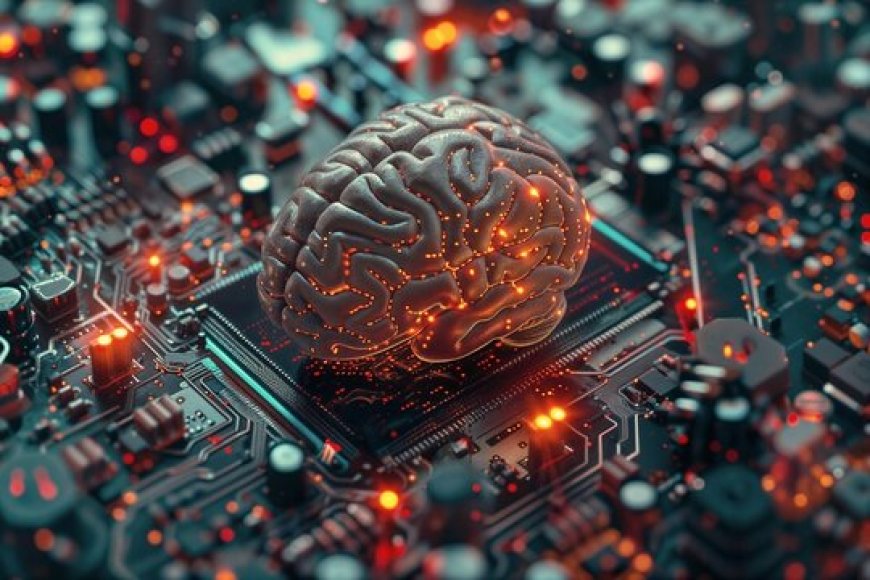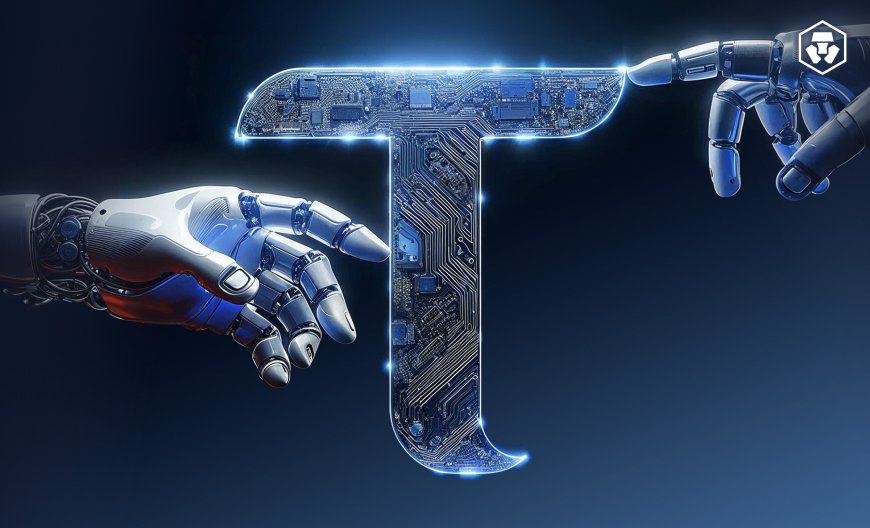Bittensor: The Revolutionary Decentralized AI Network Changing the Future of Artificial Intelligence
The world of artificial intelligence is witnessing a revolutionary development with the emergence of Bittensor, a decentralized AI network that aims to change the landscape of machine learning and blockchain technology. This article delves into the intricacies of Bittensor, exploring its unique features, challenges, and potential impact on the future of AI.

What is Bittensor?
Bittensor is a decentralized artificial intelligence network that combines blockchain technology with machine learning. The project's goal is to create an open-source, decentralized platform for AI development and deployment, similar to how Bitcoin revolutionized the financial sector.
At its core, Bittensor utilizes GPU computing power to train and improve AI models, rather than solving complex mathematical problems like in Bitcoin mining. This approach aims to create a more productive use of computational resources while advancing the field of artificial intelligence.
The Tao Token and Tokenomics
The native cryptocurrency of the Bittensor network is called Tao. Similar to Bitcoin, there will only ever be 21 million Tao tokens in existence. However, at the time of writing, only about 6 million have been minted. The current price of Tao is approximately $250 per token, giving the project a market capitalization of around $1.3 billion.
One unique aspect of Bittensor's tokenomics is the high staking ratio. Approximately 90% of the circulating Tao tokens are staked by validators, leaving a relatively small amount of tokens available for trading on the open market.
Subnets: The Building Blocks of Bittensor
Bittensor's network is composed of 32 subnets, each focusing on a specific AI task or application. These subnets can range from text generation to image creation, time series prediction, and even specialized tasks like medical AI. The number of subnets is expected to expand in the future, potentially reaching 64, 128, or even 256.
Each subnet consists of two main types of participants:
- Miners: These are the individuals or entities that provide AI services to the network. Miners run AI models and respond to queries from validators.
- Validators: These participants stake Tao tokens and are responsible for verifying the quality and authenticity of the miners' outputs. Validators also play a crucial role in distributing network rewards.
The Incentive Mechanism
One of Bittensor's most innovative features is its incentive mechanism. Unlike traditional blockchain networks where miners are rewarded for solving mathematical puzzles, Bittensor rewards participants for providing valuable AI services.
The network uses a complex system of rewards and penalties to ensure that miners provide high-quality, unique, and useful AI outputs. Validators assess the miners' responses using various criteria, including complexity, uniqueness, and relevance.
This incentive structure encourages continuous improvement and innovation within the network. As miners compete to provide better AI services, the overall quality of the network improves, creating a virtuous cycle of advancement.
Yuma Consensus: Ensuring Fair Play
To maintain fairness and prevent gaming of the system, Bittensor employs a unique consensus mechanism called Yuma consensus. This system compares the scores given by different validators to ensure consistency and prevent collusion between validators and miners.
If a validator's scores consistently deviate from the average, they may face penalties, including reduced rewards or even slashing of their staked tokens. This mechanism helps maintain the integrity of the network and ensures that all participants act in good faith.
Current Applications and Future Potential
While Bittensor is still in its early stages, several applications are already being developed on the network. Some notable examples include:
- Corel: A text generation service similar to ChatGPT, but running on the Bittensor network.
- Image generation subnets: Comparable to services like Midjourney or DALL-E.
- Time series prediction: Used for financial forecasting, including Bitcoin price prediction.
- Decentralized file storage: Similar to projects like Filecoin.
- Decentralized computing: Offering GPU resources for various computational tasks.
The potential applications of Bittensor extend far beyond these initial use cases. As the network grows and more developers join the ecosystem, we can expect to see a wide range of AI-powered services emerging on the platform.

Challenges and Controversies
Despite its promising features, Bittensor faces several challenges:
- Regulatory concerns: As AI regulation evolves, decentralized networks like Bittensor may face scrutiny from authorities.
- Scalability: As the network grows, ensuring efficient communication and coordination between subnets may become challenging.
- Quality control: Maintaining high standards across a decentralized network of AI providers can be difficult.
- Competition: With tech giants and well-funded startups entering the AI space, Bittensor will need to continue innovating to stay relevant.
- Tokenomics sustainability: The current high staking ratio and reward structure may need adjustment as the network matures to ensure long-term viability.
The Road Ahead
Bittensor's unique approach to combining AI and blockchain technology positions it as a potential game-changer in both fields. By creating an open marketplace for AI services, the project could democratize access to advanced AI capabilities and accelerate innovation in the space.
The project's focus on decentralization and anonymity also sets it apart from many mainstream AI initiatives. This approach could prove attractive to those concerned about data privacy and the concentration of AI power in the hands of a few large corporations.
As Bittensor continues to evolve, key developments to watch include:
- The expansion of subnets and the types of AI services offered.
- Improvements in cross-subnet communication and collaboration.
- The development of user-friendly interfaces for accessing Bittensor's AI services.
- The implementation of smart contract functionality, planned for early 2025.
- The transition to a more market-driven mechanism for distributing network rewards.
Conclusion
Bittensor represents an ambitious attempt to create a decentralized, open-source alternative to the current AI landscape dominated by large tech companies. By leveraging blockchain technology and innovative incentive mechanisms, the project aims to create a collaborative ecosystem where AI development can flourish.
While challenges remain, the rapid growth and innovation seen in the Bittensor network suggest that it has the potential to become a significant player in the future of artificial intelligence. As the project continues to evolve and attract more developers and users, it will be fascinating to see how it shapes the intersection of AI and blockchain technology.
For those interested in the future of AI and decentralized systems, Bittensor is certainly a project worth watching closely. Its success could herald a new era of open, collaborative AI development that benefits researchers, developers, and users alike.
















